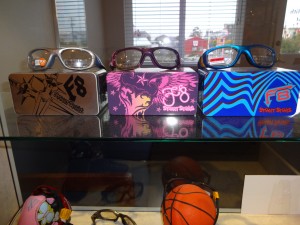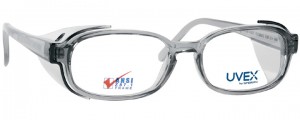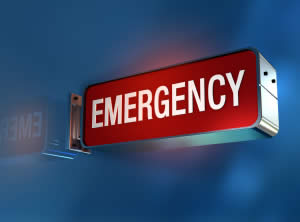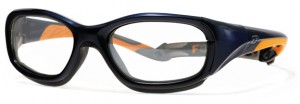I borrowed the contents of this article from All About Vision.
5 Toys to Avoid
- “Fishing” Games. The end of a toy fishing pole or objects secured to the end of the fishing line can easily end up in a playmate’s eye.
- Guns that shoot ANYTHING. You might think toy guns that shoot lightweight cushy foam balls or rubber bands pose little or no risk, but even these projectiles move at speeds fast enough to cause an eye abrasion.
- Toy wand, swords or sabers of any kind. There’s really no need to explain why these are a bad idea, right?
- Water balloon launchers and water guns. Water balloons can cause serious blunt trauma to the eye and permanent vision loss. Even toy guns that shoot a stream of water can cause serious eye damage.
- Oversized foam hands and fists. Fashioned to simulate cartoon characters like the Incredible Hulk, these toys are an eye injury waiting to happen – for anyone nearby!
It’s usually best to shop for children’t toys in a store rather than online, so you can see the toy’s features up close to help you decide if it’s safe enough for a young child.
And don’t rely on age recommendations printed on the packaging. Manufacturers don’t always use common sense when they decide what’s suitable for young children.





